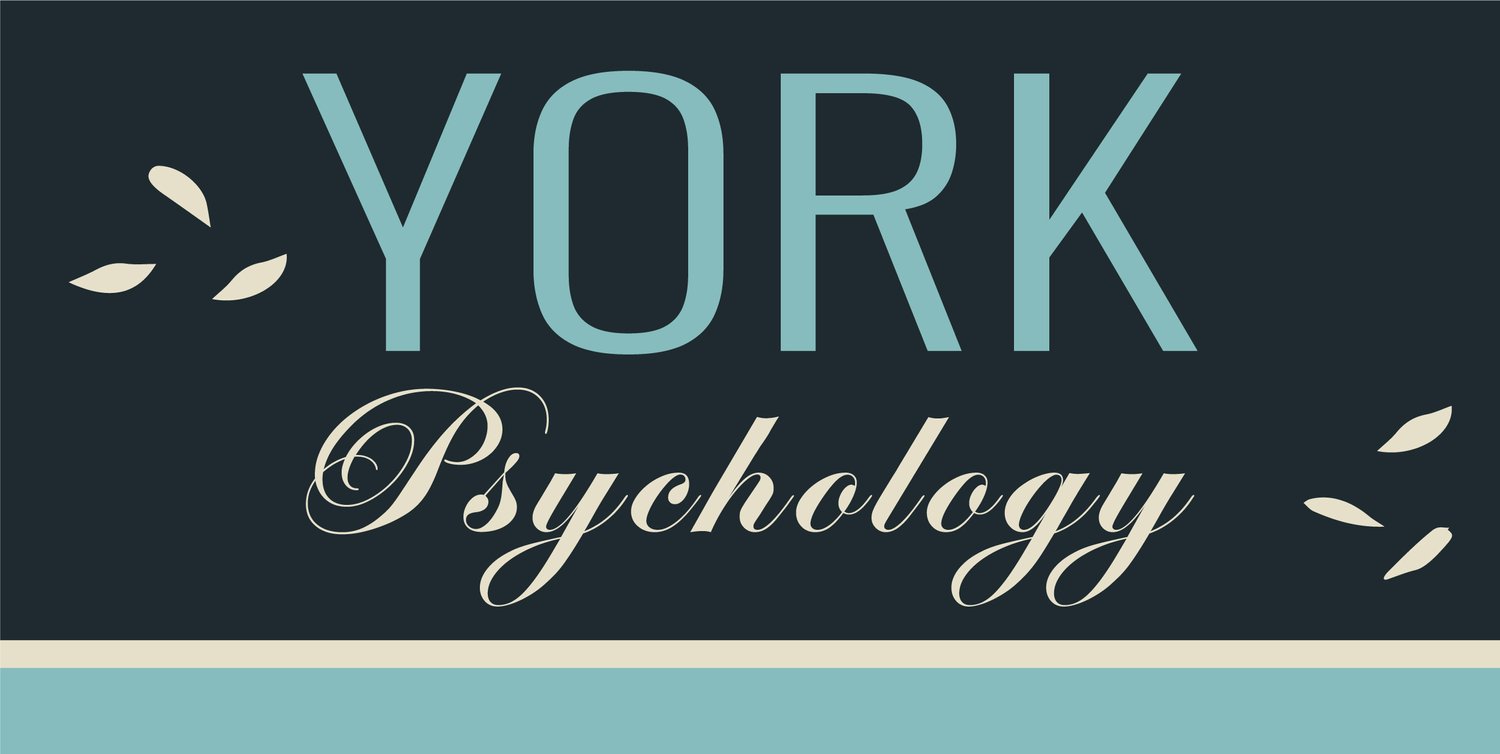Burnout 101: The Science Behind Chronic Stress
Burnout 101 - Explaining the science behind burnout: what it is stress? Why does it happen? How do I manage burnout and feel better? In this post, you’ll learn about the science of stress and how to recover from feeling burned out.
What is Burnout?
Burnout is a topic that I’m passionate about, because it’s one of the most pervasive problems I see helping professionals wrestle with. Most people have a general sense of what it is or what it feels like. In this post (and the ones following), I’m going to explain a little bit of the science behind burnout: what it is and why it happens. The more you know about your nervous system and how to regulate it, the better chance you have of taking care of it and combatting burnout in your own life.
A little history: burnout as a concept was coined by psychologists in the 1970’s, specifically by Herbert Freudenberger. He defined it as a technical term that has 3 parts: emotional exhaustion, depersonalization, and a decreased sense of accomplishment. To break it down further: emotional exhaustion is the fatigue you experience from caring too much, for too long. Depersonalization is the depletion of feelings like empathy, caring, and compassion (the term compassion fatigue applies here). A decreased sense of accomplishment leaves you with an unconquerable feeling of futility, like nothing you do matters or is making any difference. Here are some some clues that you might be experiencing burnout:
you’re emotionally exhausted - you’re sleeping at night, but don’t wake up rested and you still feel emotionally stressed in the morning
you feel like you’re losing empathy for others
you don’t have the emotional energy to put into people or things that you love
If you’re like any of the helping professionals I know, you’ve experienced one or more of these aspects that contribute to burnout - maybe even all three. Dr. Emily W. King describes it as “the feeling of the consequences in your body when you’re holding on to stress.” This comes from being stuck in a low level, persistent stress cycle that just doesn’t turn off. You can feel the stress in your body and you just can’t seem to shake it.
The Purpose of Stress
Stress is a normal part of the human experience. From an evolutionary perspective, stress is good and serves the function of keeping us alive. Responses like fight, flight, fawn, and freeze? These are all important actions your body uses, by design, to keep you safe under circumstances of threat. For example, this is super useful when you see a bear and you need to decide quickly if running away, fighting back, or playing dead gives you the greatest odds of making it out of the encounter alive. The amygdala, a structure in your brain, is like a threat detector. It goes off to alert the rest of your brain and body that something is happening that needs a response. This cues the rest of your nervous system to take action. Your sympathetic nervous system shifts into gear - your heart rate and blood sugar levels increase, immune system kicks in, and you’re ready to spring into action. When the stressor is dealt with, your parasympathetic takes over and you recover from the stressful incident. Digestion resumes, healing can happen, and you get back to a resting state because your body knows it is safe again.
When Stress Becomes a Problem
It becomes a problem, however, when normal, non-life threatening (e.g. not a deadly bear) stressors keep you stuck in a state of arousal or alarm - your sympathetic nervous system keeps responding to the stressors you’re experiencing. Things like email alerts, looming paperwork deadlines, a dreaded meeting with your boss or tough clients, or the energy it takes to emotionally regulate the people in your care - they all add up. Instead of processing the stress chemicals that help you survive the metaphorical bear, they stay in your body. If you were fighting or running from a real bear, you would physically use up the stress chemicals to help you survive. Instead, your nervous system becomes overtaxed because your stress responses are constantly in an “on” position. Your brain can’t tell the difference between real threats or imagined ones, so it starts to treat all stressors the same way - as big problems that need a big response. (I could get more into the brain/body science, but I won’t here. An excellent, reader-friendly resource is “Burnout: the Secret to Unlocking the Stress Cycle” by Emily & Amelia Nagoski. Check it out here - https://www.emilynagoski.com/home )
So, now you know a little more about the neuroscience behind stress and burnout. What can you do about it? Stay tuned - l’ll address this in my next post on how to complete the stress cycle.
If any of this resonates with you, and you find yourself saying, “YES! This is exactly what I’m going through! What do I do about it?” then please reach out. I’d love to connect with you and support you to learn more about your nervous system and how you can take care of it. Click here to book a session or email me at laurel@yorkpsychology.org.
*Information in this post is largely drawn from Burnout: the Secret to Unlocking the Stress Cycle by Emily & Amelia Nagoski.

